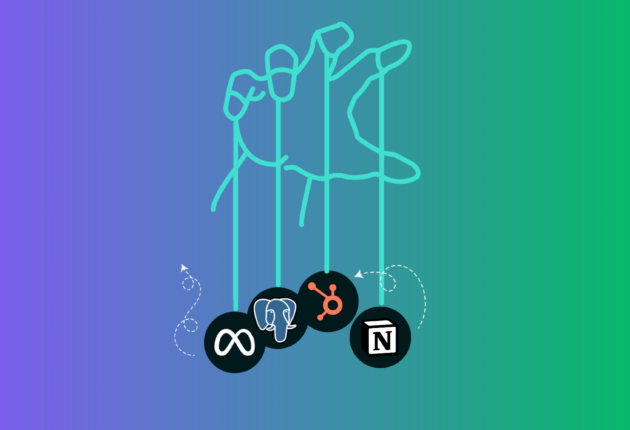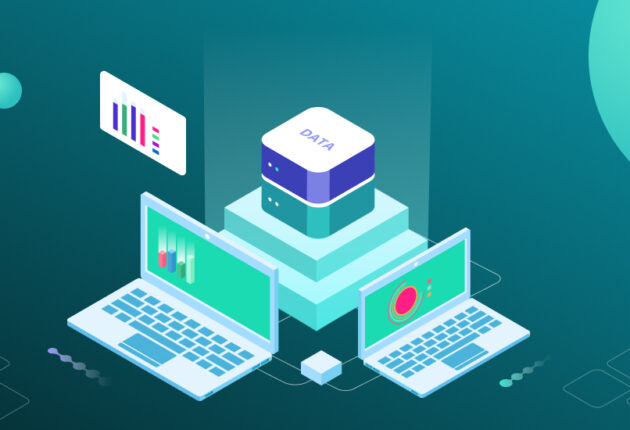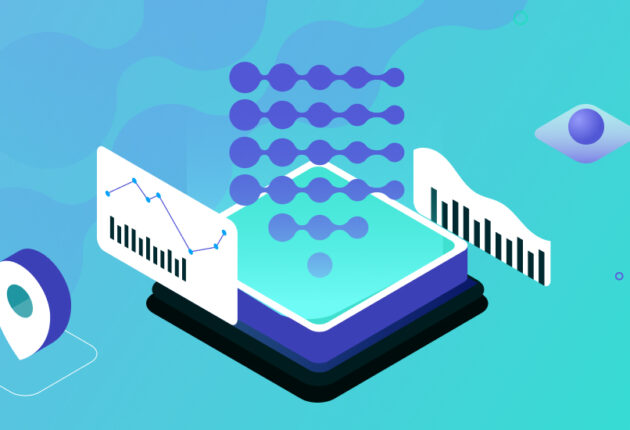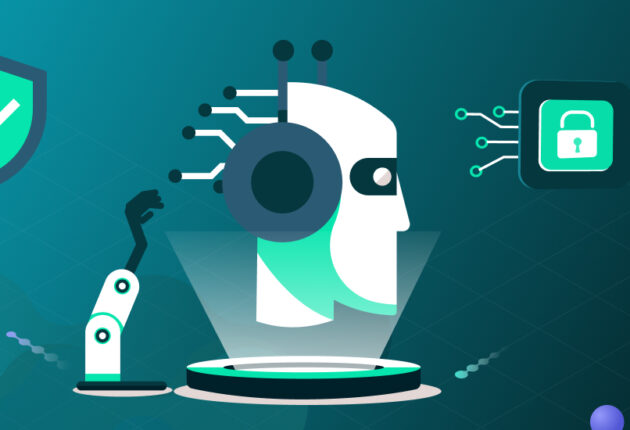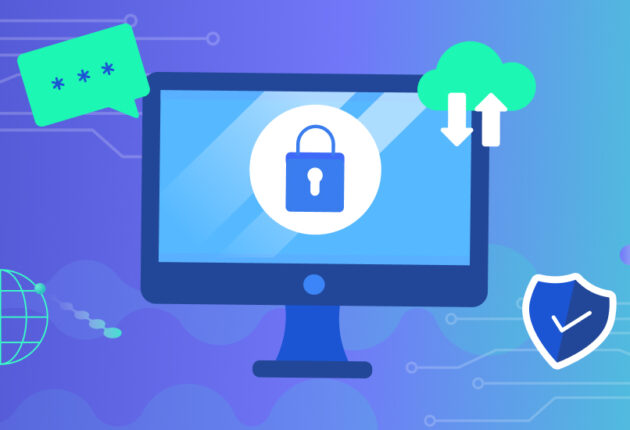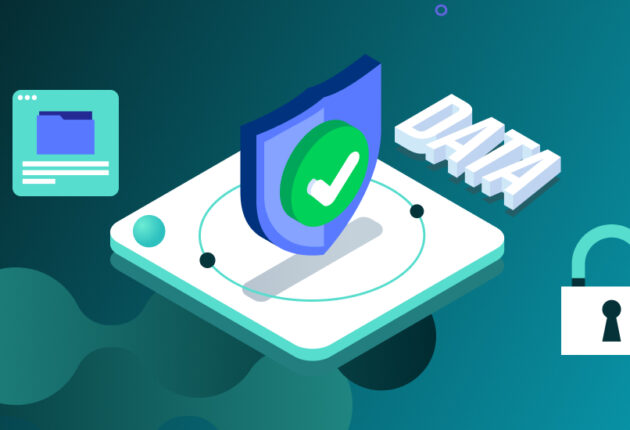With the advent of artificial intelligence, companies are increasingly turning to advanced privacy-preserving methods to safeguard their data. Two prominent techniques in this arena are data masking and differential privacy. In this article we will discuss these two methods, comparing their applications, strengths, and weaknesses. We will also cover the future shift towards more robust anonymization techniques in the age of AI, and why differential privacy is becoming the gold standard for PII protection. In this article:
- Privacy-preserving techniques background
- What is data masking and how is it used
- Differential privacy: a robust solution for the AI era
- Current state vs. the shift
- The future of privacy preserving methods
- Conclusion
Privacy-preserving techniques background
The need for robust privacy-preserving techniques has never been more critical. With the exponential growth of data collection and analysis, traditional approaches to data privacy have proven inadequate in many cases. High-profile incidents of data breaches and re-identification attacks have highlighted the vulnerabilities of conventional anonymization techniques.
One notable example occurred in 1996 when an MIT researcher successfully identified the health records of the then-governor of Massachusetts in a supposedly masked dataset.1 Massachusetts released “de-identified” hospital records of state employees for research purposes. However, an MIT graduate student was able to uniquely identify a Governor’s records by combining the released data with publicly available voter registration information.2 This incident sparked a renewed focus on more sophisticated privacy-preserving methods such as differential privacy.
What is data masking and how is it used
Data masking, also known as data de-identification, is a traditional approach to protecting sensitive information. It involves removing or altering personally identifiable information (PII) from each record in a dataset.3 Due to its easy implementation and its straightforward technique (it does not require any complex technology) data masking has been widely used across industries to protect sensitive information when sharing or analyzing data.
Common data masking techniques
Here are some examples of data masking techniques:
- Substitution: it is one of the most common data masking techniques. It involves replacing sensitive data with realistic but fake data. For example, the name “John Smith” could be replaced with “Jim Jameson” everywhere it appears in a database.4 A credit card number like 1234-5678-9012-3456 could be replaced with 9876-5432-1098-7654.
- Shuffling: involves randomly reordering existing data within a column. For example, in a customer database, the actual phone numbers could be randomly shuffled and reassigned to different customer records.
- Averaging: this technique replaces individual values with an average. For example, if a table lists employee salaries, you could mask the actual individual salaries by replacing them all with the average salary.5
- Encryption: encryption uses an algorithm to transform sensitive data into an unreadable format. For example, Social Security number like 123-45-6789 could be encrypted to something like “X7#k9$mP.”
- Nulling out: this simply replaces sensitive values with null values. For example, credit card numbers in a database could be replaced with NULL.
- Character scrambling. this technique randomly reorders the characters in a data field. For example, a customer complaint ticket number of 3429871 could be scrambled to 7892431.6
These techniques can be applied statically (permanently altering the data) or dynamically (masking data on-the-fly when it’s accessed), depending on the specific needs and use case. The key is to protect sensitive information while maintaining the overall structure and usability of the data for testing, development, or analysis purposes.
The evolution of data protection methods
While we believe that data masking is a valid tool in the arsenal of privacy preserving technologies, data masking alone may not provide sufficient protection against determined adversaries with access to additional information. The advent of sophisticated AI and machine learning algorithms has significantly heightened the risks in the following ways:
- Enhanced pattern recognition: AI can detect subtle patterns in masked data that humans might miss, potentially leading to re-identification.
- Cross-referencing capabilities: AI systems can efficiently cross-reference masked data with vast amounts of publicly available information, increasing the risk of linkage attacks.
- Predictive power: advanced AI models can make highly accurate predictions about masked values based on surrounding context and patterns.
- Scalability of attacks: AI enables attackers to automate and scale re-identification attempts across large datasets.
Examples of high-profile data breaches
The following examples demonstrate that simple data masking is often insufficient especially when attackers have access to additional data sources or advanced analytical capabilities. They highlight the need for more robust privacy-preserving methods, such as differential privacy, which provide stronger mathematical guarantees against re-identification.7
- Netflix Prize Dataset (2006): Netflix released a large dataset of anonymized movie ratings for a machine learning competition. Researchers from the University of Texas were able to de-anonymize some of the Netflix records by comparing them with public ratings on the Internet Movie Database (IMDb).8 This case demonstrated how seemingly innocuous information, when combined with external data sources, can lead to re-identification. See also our article “the most common data anonymization techniques.”
- Anthem Inc. Data Breach (2014-2015): While not solely due to data masking failures, this massive healthcare data breach exposed the personal information of nearly 79 million individuals, including names, social security numbers, and other sensitive data.9 The incident highlighted the critical importance of robust data protection measures in the healthcare industry, where personal health information is particularly sensitive.
- Equifax Data Breach (2017): This major breach in the financial services industry exposed personal information of 147 million people, including names, addresses, social security numbers, and more.10 While not exclusively a data masking failure, it underscored the severe consequences of inadequate data protection in the financial sector.
Data Peace Of Mind
PVML provides a secure foundation that allows you to push the boundaries.

Differential privacy: a robust solution for the AI era
In contrast to the vulnerabilities of data de-identification, differential privacy has emerged as a powerful tool in the arsenal of privacy-enhancing technologies. Differential privacy works by applying a randomized mechanism to any information exposed from a dataset.11 This mechanism introduces carefully calibrated noise to the data, making it virtually impossible for an observer to determine whether a particular individual’s information is included in the dataset.
“Differential privacy doesn’t just better protect user privacy, but it can do so automatically for new datasets without lengthy, burdensome privacy risk assessments.”12
The strength of differential privacy is controlled by the privacy parameter ε, also known as the privacy budget.13 A lower ε value provides stronger privacy guarantees but may reduce the utility of the data for analysis. Differential privacy offers the following advantages:
- Mathematical guarantees: differential privacy provides provable privacy guarantees, quantifying the privacy risk for each data release.
- Resilience to auxiliary information: differential privacy remains effective even if an attacker has significant background knowledge or access to other data sources.
- Preservation of data utility: differential privacy allows for meaningful analysis while protecting individual privacy, offering a better balance between utility and privacy.
- Future-proofing: as a mathematical concept, differential privacy remains valid regardless of future technological advancements, including in AI.
- Compatibility with AI/ML: differential privacy can be integrated into machine learning pipelines, allowing for privacy-preserving model training and deployment.
The power of differential privacy in data analysis
While traditional data masking techniques often involve removing or obfuscating sensitive information (as we have seen above with substitution and encryption), differential privacy offers a more nuanced and powerful approach to data protection. One of the key benefits of differential privacy is its ability to enable secure analysis of sensitive data without compromising individual privacy. This capability opens up new possibilities for organizations to derive valuable insights from their data while maintaining robust privacy safeguards.
Unlike traditional masking techniques that may significantly reduce data utility, differential privacy allows organizations to keep sensitive data intact and available for analysis. This is particularly valuable in scenarios where the masked data would lose its analytical value. For instance, in the case of salary information in an HR database, simply removing or heavily obfuscating this data would render it useless for many types of analyses.
With differential privacy, the original salary data can be kept unmasked within a secure environment. Analysts can then query this data through a differentially private interface, which adds carefully calibrated noise to the results. This approach ensures that statistical analyses can be performed without risking the disclosure of any individual’s specific salary information.
By preserving the granularity and accuracy of the underlying data, differential privacy enables more sophisticated and meaningful analyses. For example:
- Salary distribution analysis: HR departments can gain insights into overall salary distributions, identify potential pay gaps, or analyze compensation trends over time, all without exposing individual salaries.
- Executive compensation studies: companies can include high-level executive salaries in their analyses without risking the leak of sensitive information about specific individuals’ compensation.
- Department budget planning: finance teams can access accurate salary data for budget forecasting and resource allocation without compromising employee privacy.
Balancing privacy and transparency
Differential privacy offers a unique balance between data protection and transparency. It allows organizations to be more open with their data, potentially sharing aggregate statistics or insights with stakeholders, while still maintaining strong privacy guarantees. This can be particularly valuable in scenarios where there’s a public interest in the data, such as:
- Government agencies sharing census data
- Universities publishing research findings
- Companies reporting on diversity and inclusion metrics
Current state vs. the shift
The current state of data privacy is characterized by a growing recognition of the limitations of traditional data masking approaches. While data masking and differential privacy can certainly be used in conjunction, organizations are increasingly aware of the risks associated with relying solely on de-identification techniques that can be reversed or circumvented. The unique benefits of differential privacy make it a powerful tool for organizations looking to maximize the value of their sensitive data. This is causing the shift towards differential privacy for the following reasons:
- Enhanced security: differential privacy provides stronger, provable privacy guarantees compared to traditional data masking.14
- Automation: differential privacy can be applied automatically to new datasets, reducing the burden on compliance teams.15
- Scalability: as privacy-preserving computations become more efficient, differential privacy is becoming more practical for a wider range of applications.16
- Regulatory alignment: differential privacy aligns well with modern privacy regulations like GDPR, CCPA, and PIPL.17
- AI and machine learning: differential privacy is particularly well-suited for protecting privacy in AI and machine learning applications.18
The future of privacy-preserving methods
In our opinion, while data masking may still have a role in a comprehensive privacy strategy, it’s clear that differential privacy offers a more robust, future-proof solution for data protection. As AI technologies continue to evolve, the importance of adopting advanced privacy-preserving techniques like differential privacy becomes increasingly critical for organizations looking to maintain data utility while ensuring strong privacy protections.
As we look to the future, we can expect to see a continued shift towards more robust privacy-preserving techniques like differential privacy. In practical terms, the shift from masking to differential privacy means:
- Reduced re-identification risk: organizations can share and analyze data with significantly lower risk of individual re-identification, even in the face of advanced AI techniques.
- Compliance confidence: differential privacy aligns well with modern privacy regulations, providing a more robust compliance posture.
- Enhanced data collaboration: differential privacy enables safer data sharing and collaboration, unlocking new opportunities for research and innovation.
- Long-term viability: as AI continues to advance, differential privacy provides a more sustainable approach to data protection compared to traditional masking techniques.
Conclusion
As organizations strive to balance data utility with privacy protection, differential privacy is emerging as a powerful tool in the privacy-enhancing technologies toolkit. As we have analysed in this article, while data masking has been a staple of privacy-preserving methods for years, its limitations have become increasingly apparent in the face of sophisticated re-identification techniques and the growing complexity of data environments.
Differential privacy is becoming the gold standard and offers a promising alternative. It provides stronger privacy guarantees and alignes well with modern data analysis needs, particularly in the realm of AI and machine learning.
However, it’s important to note that no single approach is a panacea for all data privacy challenges. The choice between differential privacy, data masking, or other privacy-preserving methods should be based on careful consideration of the specific use case, data characteristics, and privacy requirements. We also believe that one does not exclude the other and that both technologies can be used in conjunction.
As we move forward, we will constantly inform organizations on the latest developments in privacy-preserving techniques and how to adapt their strategies to meet evolving privacy challenges. By embracing advanced methods like differential privacy, companies can not only protect sensitive information more effectively but also unlock new opportunities for data collaboration and innovation in the digital age.
2 Deloitte, “Privacy Part 2, Differential Privacy and Synthetic Data” Deloitte, Issue 4/2024, https://www2.deloitte.com/content/dam/Deloitte/de/Documents/Innovation/Deloitte_Trustworthy_AI_Differential_Privacy_April24.pdf
3 Maxime Agostini and Michael Li, “Implement Differential Privacy to power up Data Sharing Cooperation” Techcrunch, 24 February 2022, https://techcrunch.com/2022/02/24/implement-differential-privacy-to-power-up-data-sharing-and-cooperation/
4 Imperva, “Data Masking” https://www.imperva.com/learn/data-security/data-masking/
5 https://satoricyber.com/data-masking/data-masking-8-techniques-and-how-to-implement-them-successfully/
6 Michael Cobb, “Data Masking,” Tech Target, https://www.techtarget.com/searchsecurity/definition/data-masking
7 See Note 1
8 See Note 1
9 Zerofox Team, “Top 5 industries most vulnerable data breaches in 2023, Zerofox, https://www.zerofox.com/blog/top-5-industries-most-vulnerable-to-data-breaches-in-2023/
10 See note 9
11 Yuval Harness, “What is differential privacy,” Duality, 9 September 2022, https://dualitytech.com/blog/what-is-differential-privacy/
12 See Note 1
13 See Note 11
14 See Note 1
15 See Note 1
16 See Note 3
17 See Note 1
18 See Note 2

